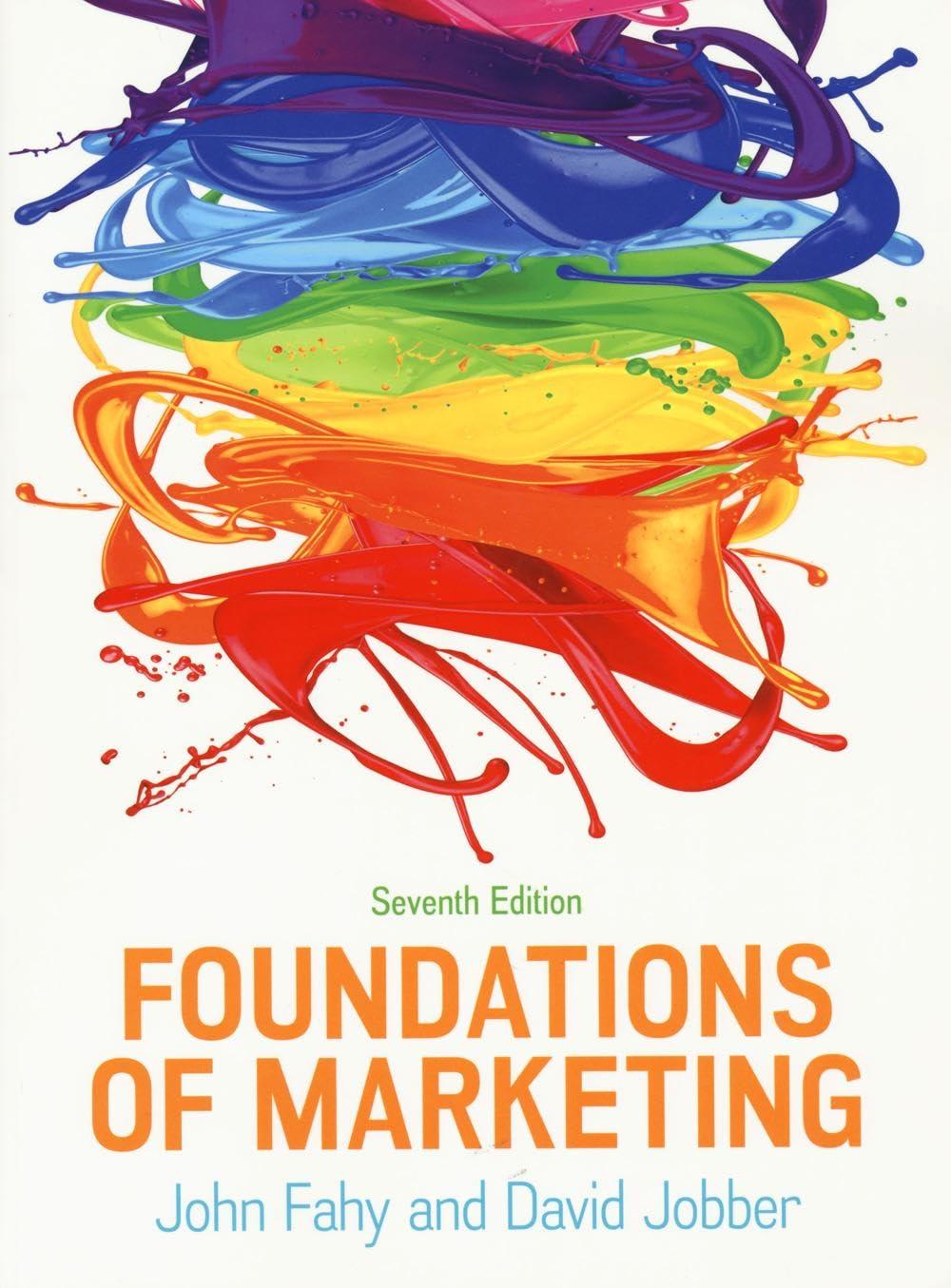The American lifestyle brand Vans was established in 1966 by the van Doren brothers in California. Vans
Question:
The American lifestyle brand Vans was established in 1966 by the van Doren brothers in California. Vans’ now famous ‘Off the Wall’ logo was born in 1976. At that time, the term ‘off the wall’ was commonly used by skaters when skating in empty swimming pools – essentially, they were literally coming off the wall!1 Being a more edgy, different brand, ‘Off the Wall’ stuck as Vans’ corporate logo and was incorporated into its marketing communications.
From the mid-1990s, Vans developed a strong brand association with the punk rock movement, and this was embodied in the company-sponsored Warped Tour, which became the longest-running travelling music festival in America, launching the careers of artists such as Eminem and Fall Out Boy. Special-edition classic slip-ons were made for the tour over the years, thereby exposing the shoe to a whole new generation of music and skate fans. In recent years, Vans has gained further global market reach through celebrity endorsements from the Kardashians and hip-hop artists such as Weezy. This case study examines how Vans’ innovative approach has enabled the company to become a global symbol of youth culture.
Vans’ global position Vans’ two main target segments are skaters and fashionable youth. The company strives to maintain global consistency when targeting these groups, particularly in markets like China, which have vast cultural differences.
Unlike its competitors, such as Nike or Adidas, Vans’ message emphasizes originality, self-expression and non-conformity. Positioning the brand as rebellious and independent helps provide the company with a unique differential advantage.
Vans has strong geographical reach and good distribution worldwide, with products sold in more than 170 countries through a network of 370-plus own stores and partner channels such as retail stores and sports equipment stores selling skateboards and surfboards. Vans also has a strong online presence through its website and social media platforms. Wholesale accounts for about 60 per cent of Vans’ revenue and the company has several innovative collaborative wholesale relationships. For example, Vans and Zalando, a Berlin-based e-commerce company, work together on building brand recognition globally and even guarantee a 24-hour delivery service.
Limited-edition sneakers and branded collaborations are now part of Vans’ heritage, having taken part in many collaborations throughout the past 40 years. For example, in 2016, Vans continued its long-standing collaborative relationship with Supreme to produce new iterations of the Sk8-Hi and Authentic silhouettes.
Noted as one of Vans’ finest collaborations, this fused its iconic checkerboard print with Supreme’s box logo.
Despite a price tag of $1,000, the collection sold out in a matter of hours. Collaborations continue annually, such as the joint brand ‘Supreme x Vans’ launched in Japan in June 2021. To stoke consumer demand, these limited editions are available only to Vans’ most exclusive outlets.
Questions
1. Discuss how Vans has created a differential advantage within its retail outlets, particularly with reference to its target customers.
2. Discuss Vans’ distribution networks and reflect on how these have changed during the global COVID-19 pandemic.
3. How does Vans retain its brand personality when making the shift to online retailing?
4. Vans invests significant finances into store atmospherics. What do you think is the rationale for this, and how might it resonate with customers?
Step by Step Answer:






